DS Automobiles DS 3 vs Hyundai i20 - Differences and prices compared
Costs and Efficiency:
Looking at overall running costs, both models reveal some interesting differences in everyday economy.
Hyundai i20 has a convincingly advantage in terms of price – it starts at 17400 £, while the DS Automobiles DS 3 costs 28400 £. That’s a price difference of around 11048 £.
Fuel consumption also shows a difference: DS Automobiles DS 3 manages with 5 L and is therefore barely noticeable more efficient than the Hyundai i20 with 5.20 L. The difference is about 0.20 L per 100 km.
Engine and Performance:
Power, torque and acceleration are the classic benchmarks for car enthusiasts – and here, some clear differences start to show.
When it comes to engine power, the DS Automobiles DS 3 has a evident edge – offering 156 HP compared to 100 HP. That’s roughly 56 HP more horsepower.
In acceleration from 0 to 100 km/h, the DS Automobiles DS 3 is distinct quicker – completing the sprint in 9.10 s, while the Hyundai i20 takes 11.10 s. That’s about 2 s faster.
In terms of top speed, the DS Automobiles DS 3 performs barely noticeable better – reaching 196 km/h, while the Hyundai i20 tops out at 183 km/h. The difference is around 13 km/h.
There’s also a difference in torque: DS Automobiles DS 3 pulls noticeable stronger with 260 Nm compared to 200 Nm. That’s about 60 Nm difference.
Space and Everyday Use:
Beyond pure performance, interior space and usability matter most in daily life. This is where you see which car is more practical and versatile.
Seats: offers more seating capacity – vs .
In curb weight, Hyundai i20 is somewhat lighter – 1088 kg compared to 1249 kg. The difference is around 161 kg.
In terms of boot space, the Hyundai i20 offers minimal more room – 352 L compared to 350 L. That’s a difference of about 2 L.
In maximum load capacity, the Hyundai i20 performs minimal better – up to 1165 L, which is about 115 L more than the DS Automobiles DS 3.
When it comes to payload, Hyundai i20 slight takes the win – 472 kg compared to 466 kg. That’s a difference of about 6 kg.
Who comes out on top?
Overall, the DS Automobiles DS 3 shows itself to be outperforms in nearly all aspects and secures the title of DriveDuel Champion.
It convinces with the more balanced overall package and proves to be the more versatile choice for everyday use.
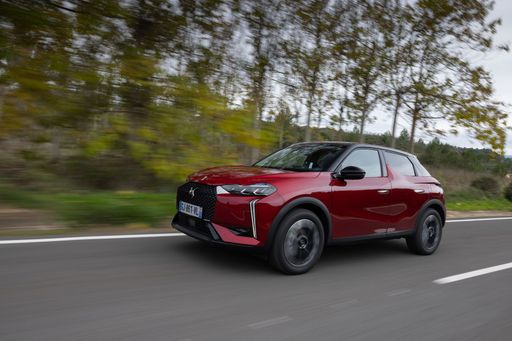 @ DS Automobiles / Stellantis Media
@ DS Automobiles / Stellantis Media
DS Automobiles DS 3
Costs and Consumption
View detailed analysis
Engine and Performance
View detailed analysis
Dimensions and Body
View detailed analysis
DS Automobiles DS 3
The DS 3 is a chic, compact premium hatch that stands out with couture styling and an interior that feels more boutique than bargain-bin. It serves up a poised, city-friendly drive with plenty of French flair — ideal for buyers who want personality as much as practicality and don’t mind turning heads at the lights.
details @ DS Automobiles / Stellantis Media
@ DS Automobiles / Stellantis Media
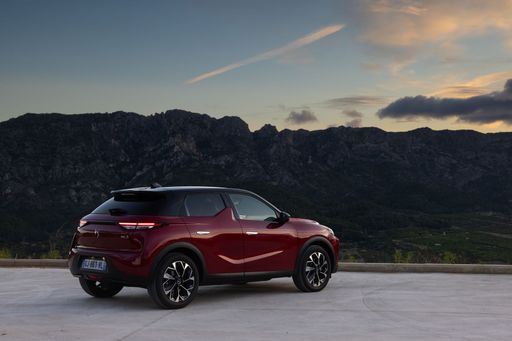 @ DS Automobiles / Stellantis Media
@ DS Automobiles / Stellantis Media
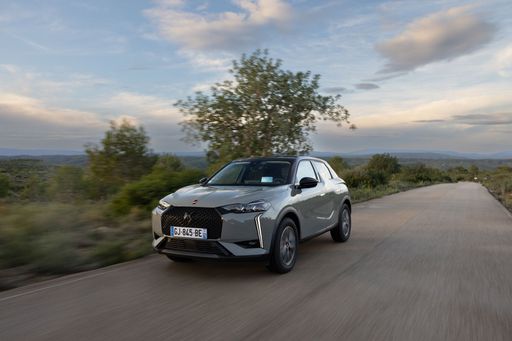 @ DS Automobiles / Stellantis Media
@ DS Automobiles / Stellantis Media
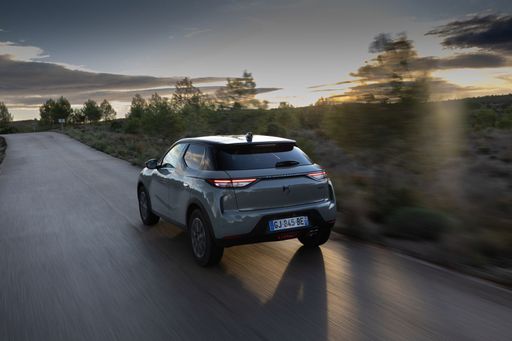 @ DS Automobiles / Stellantis Media
@ DS Automobiles / Stellantis Media
 @ DS Automobiles / Stellantis Media
@ DS Automobiles / Stellantis Media
Hyundai i20
The Hyundai i20 is a cheeky small car that mixes smart styling with sensible practicality, feeling more polished and roomy than you might expect for the money. It’s an easy car to live with, offering engaging handling, a comfy cabin and useful equipment that make daily commutes and weekend errands notably less dull.
details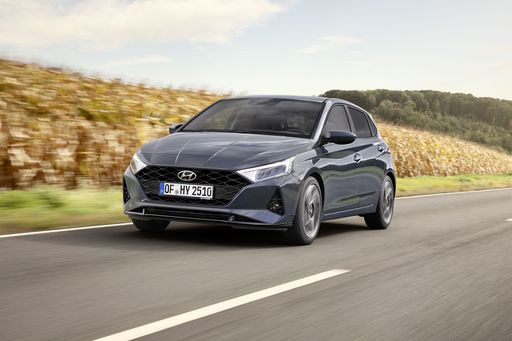 @ Hyundai Motor Company
@ Hyundai Motor Company
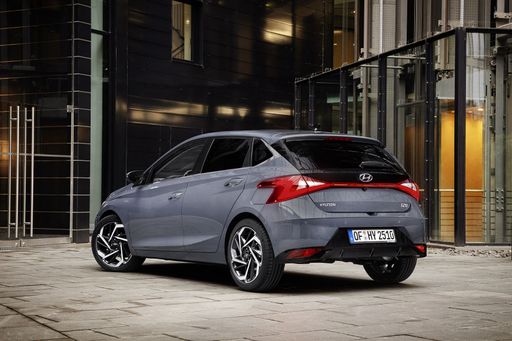 @ Hyundai Motor Company
@ Hyundai Motor Company
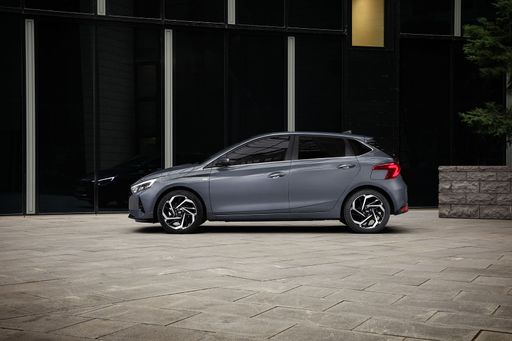 @ Hyundai Motor Company
@ Hyundai Motor Company
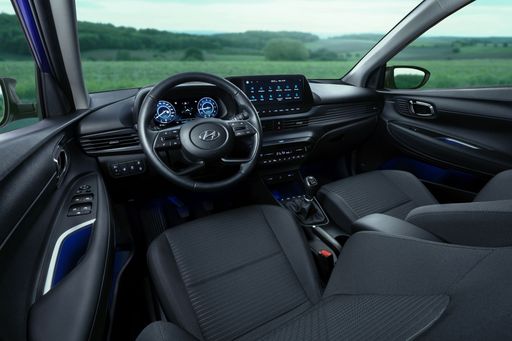 @ Hyundai Motor Company
@ Hyundai Motor Company
 @ Hyundai Motor Company
@ Hyundai Motor Company
 @ DS Automobiles / Stellantis Media
@ DS Automobiles / Stellantis Media
|
 @ Hyundai Motor Company
@ Hyundai Motor Company
|
|
|
|
Costs and Consumption |
|
|---|---|
|
Price
28400 - 40500 £
|
Price
17400 - 24000 £
|
|
Consumption L/100km
5 L
|
Consumption L/100km
5.2 - 5.3 L
|
|
Consumption kWh/100km
15.50 kWh
|
Consumption kWh/100km
-
|
|
Electric Range
400 km
|
Electric Range
-
|
|
Battery Capacity
51 kWh
|
Battery Capacity
-
|
|
co2
0 - 112 g/km
|
co2
119 - 121 g/km
|
|
Fuel tank capacity
44 L
|
Fuel tank capacity
40 L
|
Dimensions and Body |
|
|---|---|
|
Body Type
SUV
|
Body Type
Hatchback
|
|
Seats
5
|
Seats
5
|
|
Doors
5
|
Doors
5
|
|
Curb weight
1249 - 1646 kg
|
Curb weight
1088 - 1190 kg
|
|
Trunk capacity
350 L
|
Trunk capacity
352 L
|
|
Length
4118 mm
|
Length
4065 - 4075 mm
|
|
Width
1791 mm
|
Width
1775 mm
|
|
Height
1534 mm
|
Height
1450 - 1455 mm
|
|
Max trunk capacity
1050 L
|
Max trunk capacity
1165 L
|
|
Payload
362 - 466 kg
|
Payload
450 - 472 kg
|
Engine and Performance |
|
|---|---|
|
Engine Type
Electric, Petrol MHEV
|
Engine Type
Petrol
|
|
Transmission
Automatic
|
Transmission
Automatic, Manuel
|
|
Transmission Detail
Reduction Gearbox, Dual-Clutch Automatic
|
Transmission Detail
Dual-Clutch Automatic, Manual Gearbox
|
|
Drive Type
Front-Wheel Drive
|
Drive Type
Front-Wheel Drive
|
|
Power HP
145 - 156 HP
|
Power HP
79 - 100 HP
|
|
Acceleration 0-100km/h
9.1 - 9.2 s
|
Acceleration 0-100km/h
11.1 - 13.7 s
|
|
Max Speed
150 - 196 km/h
|
Max Speed
166 - 183 km/h
|
|
Torque
230 - 260 Nm
|
Torque
113 - 200 Nm
|
|
Number of Cylinders
3
|
Number of Cylinders
3 - 4
|
|
Power kW
107 - 115 kW
|
Power kW
58 - 74 kW
|
|
Engine capacity
1199 cm3
|
Engine capacity
998 - 1197 cm3
|
General |
|
|---|---|
|
Model Year
2024 - 2025
|
Model Year
2024
|
|
CO2 Efficiency Class
A, C
|
CO2 Efficiency Class
D
|
|
Brand
DS Automobiles
|
Brand
Hyundai
|
What drive types are available for the DS Automobiles DS 3?
The DS Automobiles DS 3 is offered with Front-Wheel Drive.
The prices and data displayed are estimates based on German list prices and may vary by country. This information is not legally binding.
